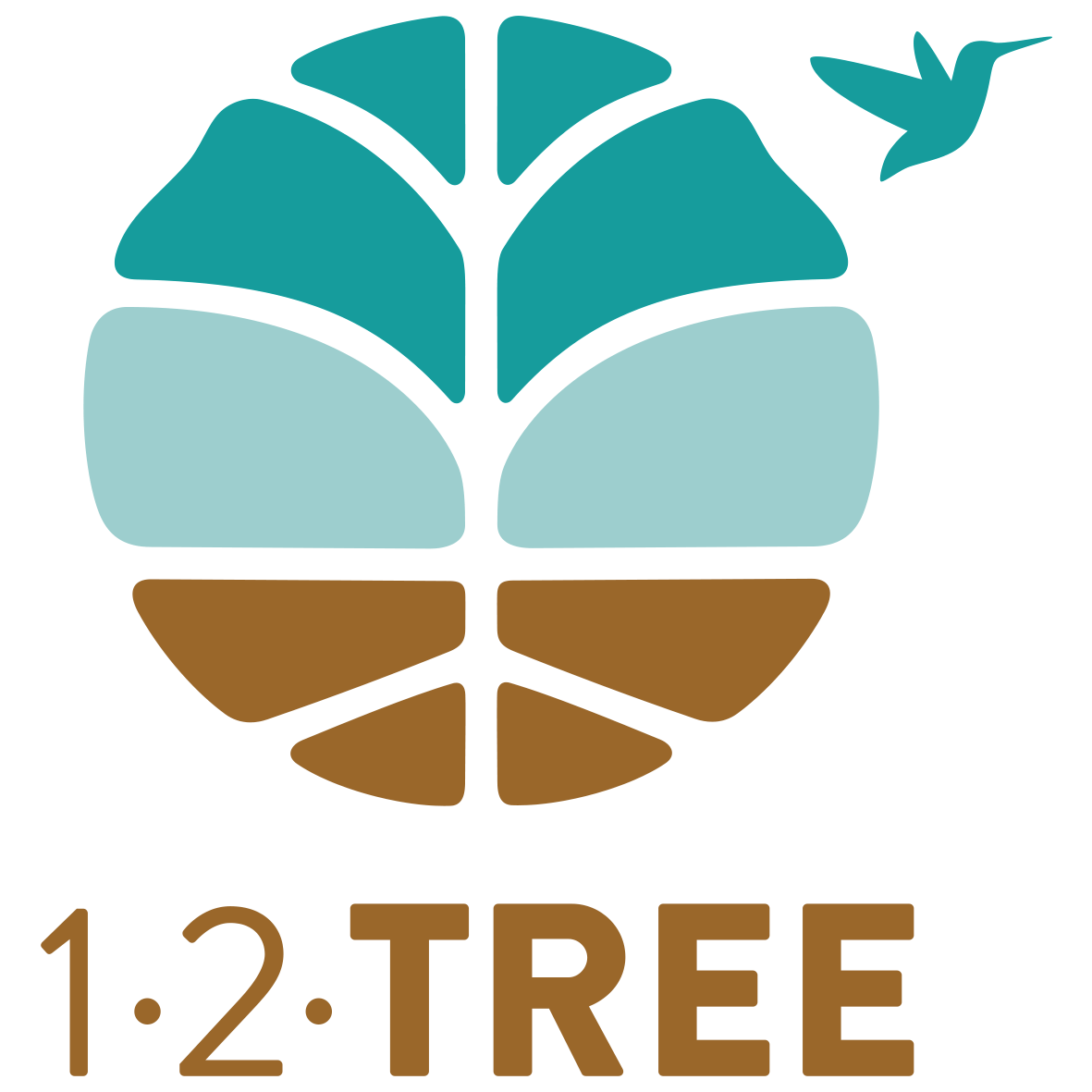While chocolate used to be a luxury good for the elite, today - in various forms - it is hard to imagine a supermarket without it. Whether as a soothing hot drink, as a spice or as a sweet chocolate bar between meals - cacao is popular all over the world, with a global consumption of almost 5 million tons of cacao beans per year. But where does our cacao actually come from and how does it get to our supermarket?
THEOBROMA CACAO - THE FOOD OF THE GODS
The cacao tree is called Theobroma Cacao L. in Latin and belongs to the mallow family. This plant family has been around for millions of years. The cacao tree has its origin in Central America, around present-day Mexico, Guatemala and Honduras. The ancestors of the Aztecs and the Mayas cultivated cacao from around the 4th century AD. From ground cacao, flavored with chili, vanilla and honey, the Aztecs prepared the first known drinking chocolate, the «Xocolatl» and they also used the cacao butter as medicine or for cosmetic purposes. Cacao beans were so valuable at that time that they were even used as currency! Today, the evergreen tree is cultivated in the tropical regions of Africa, Central and South America and Asia, as the humid climate of the tropics offers optimal growing conditions. Worldwide, cacao is cultivated by more than 5 million smallholder farmers. More than 65 % of the global harvest comes from West Africa, particularly from the Ivory Coast and Ghana, but Ecuador, Cameroon and Indonesia are also important growing countries.
FROM BEAN TO CHOCOLATE
The supply chain of the popular raw material is complex. The fruits of the cacao tree contain seeds that are coated in a viscous, sour pulp. These seeds resemble thick white beans, which is why we know them by the name “cacao beans”. To achieve the final product, cacao beans are first released from the pulp, then fermented, and then dried. These steps, in addition to the specific variety of the cacao plant, influence the flavor of the chocolate products. Further processing of the dried cacao beans often takes place in the consumer countries rather than in the growing regions. The cacao beans are processed into preliminary products (such as cacao liquor, butter, and powder) for chocolate production. This is followed by the journey to the supermarkets and from there to the consumers. Despite the high global demand for cacao products, little of the value added reaches its source. Many cacao growing families are poor, and continue to struggle to meet basic needs. In addition, forests are often cleared to create more cultivation area. Worldwide, cacao is one of the biggest drivers of agricultural deforestation and an important contributer to ongoing climate change.
CACAO AND CLIMATE CHANGE
The traditional way cacao has been grown is not only harmful to the climate but is also vulnerable to the effects of climate change. According to Researchers from the University of California at Berkeley, the cacao tree is particularly threatened by climate change because it has very specific growing conditions. The tropical tree needs warmth, but not more than 35°C. It also needs high humidity and sufficient rainfall. All these factors will no longer be guaranteed in the growing regions by 2050 as climate change progresses. Climate models predict that many of the regions currently growing cacao will no longer provide the necessary conditions by 2050- resulting in a sharp decline in cacao production from 2030 to 2050. This not only threatens the availability of chocolate and other cacao-based products. It also threatens the livelihoods of smallholder farmers who provide the bulk of the world’s production.
12Tree believes it has identified a successful model to grow cacao sustainably at scale. Our approach defies the current conventional wisdom that using sustainable practices is at odds with the production of large-scale, high quality cacao that achieves good prices. To address this, we’ve consolidated the cacao supply chain to make it more transparent and to enable higher income for the farmers. Additionally, we operate on a large scale using sustainable practices. With this approach, we are pioneers in the market.
This article is an excerpt of the 2022 12Tree Sustainability Report.
Learn more about our 12Tree’s approach to cocoa production in the following videos:
Mayejak planting ceremony at Finca Chimelb




